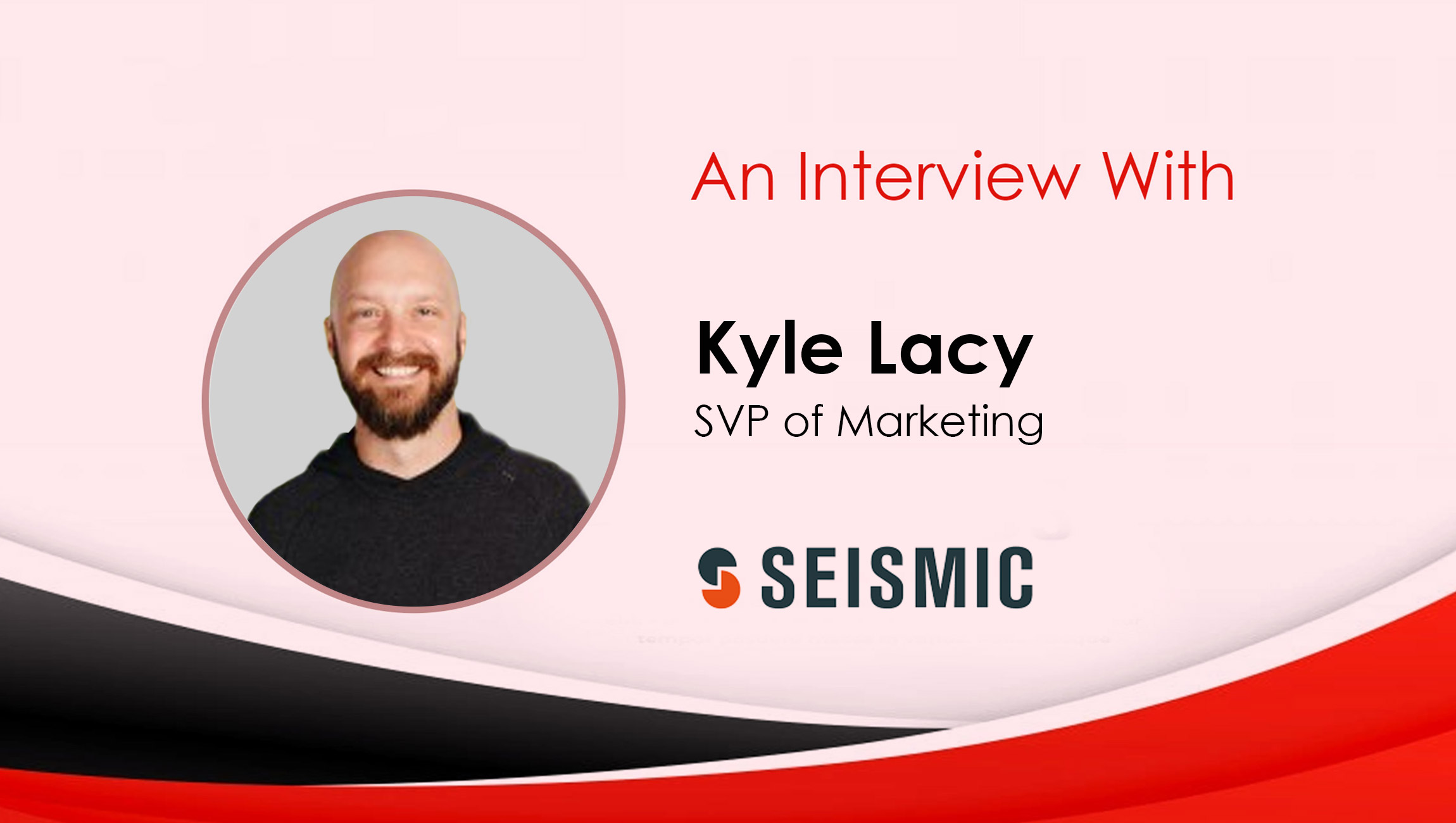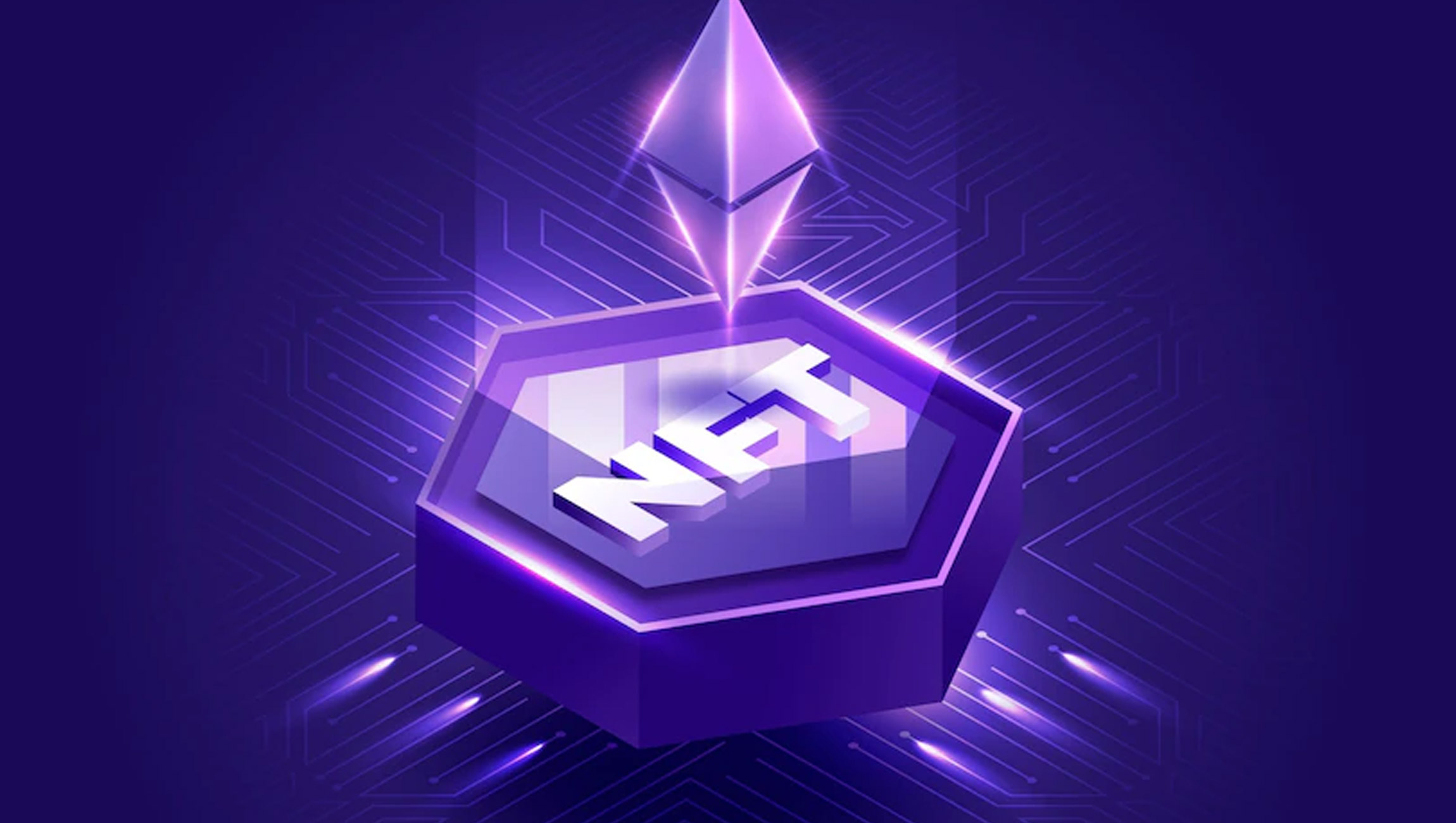Is there a secret formula to better sales-marketing alignment? Kyle Lacy, SVP of Marketing at Seismic shares a few thoughts in this Q&A:
___________
Welcome to this MarTech Series chat Kyle, tell us about yourself and what inspired Seismic?
Thanks for having me! I love software, especially high-growth software. I’ve had the opportunity to work through and for startups, VC firms, fundraising, scaleups, acquisitions and IPOs. It all comes back to the same reason… I love high-growth…
How has the platform evolved over the years and what will 2022 have in store for users?
Seismic was founded in 2010 with a focus on content management. Since then, it has evolved into an entire platform supporting our 2,000+ customers to enable their teams, improve go-to-market (GTM) efforts, and engage buyers. Our world-class platform focuses on training and coaching, social selling, marketing enablement, content automation, and analytics, just to name a few. It is the number one platform for driving revenue and igniting growth for companies and individuals, and the only true enablement platform out there.
2022 is the year of the Enablement profession. I believe this year will be pivotal for enablement professionals and practitioners.
Marketing Technology News: Seismic Digital Ranks in Top 10% on 2021 Inc. 5000
What are some of the biggest challenges you are still largely seeing B2B marketers face today?
I’d argue there are two main challenges facing marketers today. The first is internal and the second is external. Internal challenges are all about alignment. As a marketer, are you aligned between all of the revenue-generating teams at your organization?
The question most marketers have to ask themselves is, “how do you align in a way that supports all of the teams but also drives revenue growth?” External challenges are all about storytelling. Ben Horowitz famously said, “Your company story is the company strategy.” Unfortunately, most B2B marketers are terrible at telling a true story, a genuine story. You want to challenge your team? Ask them to come up with a story that is completely different from the competition.
When it comes to a common industry challenge: sales-marketing alignment, how can marketing and sales teams strengthen these initiatives in 2022 given current market dynamics?
I have a formula for this. The CREM (Communication, Revenue, Enablement, and Metrics) de la CREME of alignment.
Communication – How are you communicating between teams? Are you meeting weekly or bi-weekly with your counterpart? Are you friends? Do you have a shared definition of success?
Revenue – Marketing should be measured and bonused on revenue-generating activities. When marketing is held to a number, alignment is forced. Craig Rosenberg (co-founder of TOPO) said it best: “Sales and marketing alignment is about one shared goal: revenue that is delivered or over-delivered every quarter. There will always be tension, but that tension can be positive if there is a culture of clear expectations and communication.”
Enablement – The enablement team and their strategy are the hub holding the GTM spokes, supporting the entire GTM strategy. Do not underinvest here.
Metrics – Spend time defining each stage in your funnel. It should be a shared definition. It’s also important to centralize reporting with operations. This could be in the form of sales, marketing, or revenue operations. They should run point on all data-driven decisions and opinions.
It’s important to note this is much more than just sales and marketing alignment. You should be seeking REVENUE alignment across the entire organization. It’s not just sales and marketing. It’s anyone involved in the selling and supporting of the customer.
What are some of the ways in which marketers and sales teams can optimize their martech-salestech stacks to achieve better unified processes and goals?
As mentioned above, the first step is aligning under a shared vision of success. When you share the same goals, your tech stacks will align. Outside of that, centralize decision making on techstacks with a third party: operations.
Marketing Technology News: MarTech Interview with Angeley Mullins, CMO & CGO at Latana
A few thoughts on how you feel martech as a segment will move in 2022?
The martech space is absolutely massive. Chiefmartec.com states there are a total of 8,000 solutions spanning over advertising, content, experience, social, relationships, commerce, sales, data, and management. There is bound to be consolidation across a couple of different solution sets. Ultimately, it’s the customer who is going to decide how the martech segment will move. I see an increased focus on data, commerce, sales, and content.
Some last thoughts, takeaways, digital marketing and martech tips and best practices before we wrap up!
I’m going to touch on the power of enablement and alignment one more time. Mainly because it has worked so well for me in the past. Our best campaigns worked because we had proper enablement and alignment.
Why is alignment under enablement so important?
- You have overall messaging alignment.
- Strong feedback loops between sales and marketing
- No disconnect between the customer and the buyer journey
- You define things together – MQL, funnel, territories, etc.
True alignment happens when you have the right combination of product marketing, corporate marketing, enablement, sales and operations.
Some other alignment takeaways:
- It’s extremely important to align on a weekly basis with all revenue leaders. RevOps should lead the charge.
- Sales and marketing leadership should build a Revenue Handbook to agree on definitions of the funnel and other GTM initiatives.
- Marketing should be responsible for sourcing revenue or pipeline. Not influencing it.
- Hire enablement. Tomorrow.
Marketing Technology News: What The Death of FLOC and Cross-App Tracking Means for Marketers
Seismic is the global leader in enablement, helping make sales teams better by becoming more productive and engaging with buyers in a compelling way. Seismic’s platform provides continuous guidance to improve behavior, content, and skills to win more deals and deliver better experiences. Nearly 2,000 organizations including IBM and American Express have made Seismic their enablement platform of choice. Seismic integrates with business-critical platforms including Microsoft, Salesforce, Google and Adobe. Seismic is headquartered in San Diego, with offices across North America, Europe, and Australia.
Kyle Lacy is the SVP of Marketing at Seismic.
Missed The Latest Episode of The SalesStar Podcast? Have a quick listen here!
Episode 119: Sales Trends that Generate Better ROI: with Scott Smyth, VP Global Sales at HG Insights
Episode 118: The Power of Chatbots in B2B Tech with Chris Maeda, co-founder and CTO at Botco.ai
Episode 117: Marketing Best Practices to Follow Through 2022 with Katie Foote, CMO at Drift











